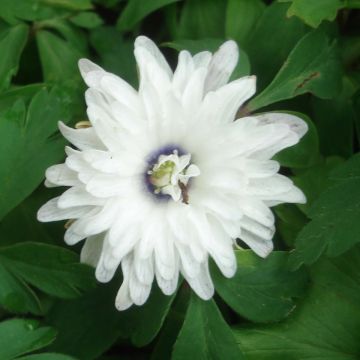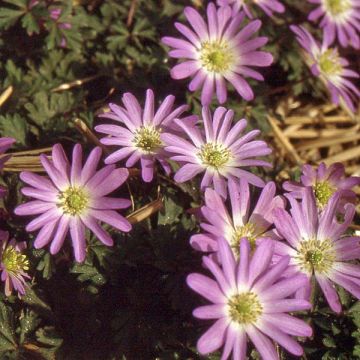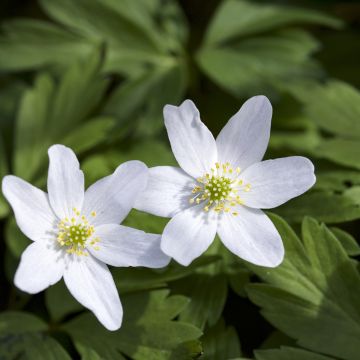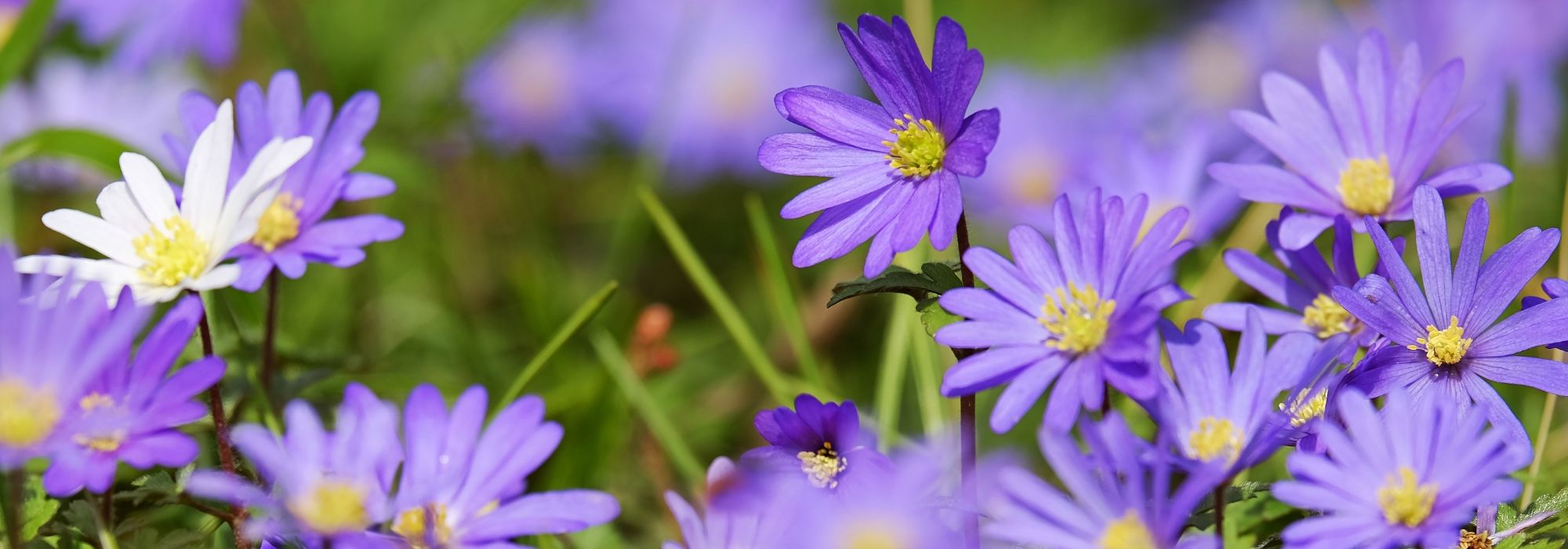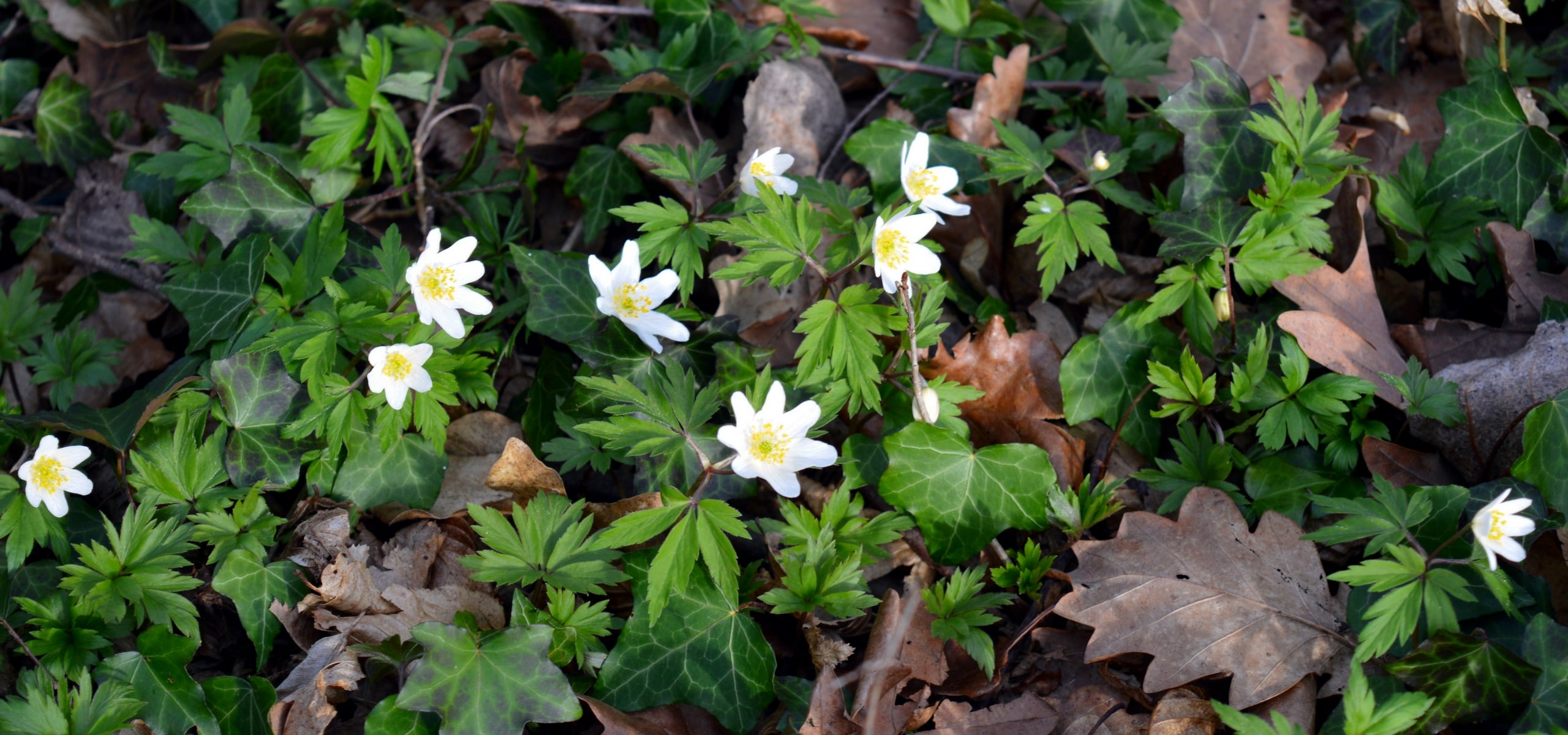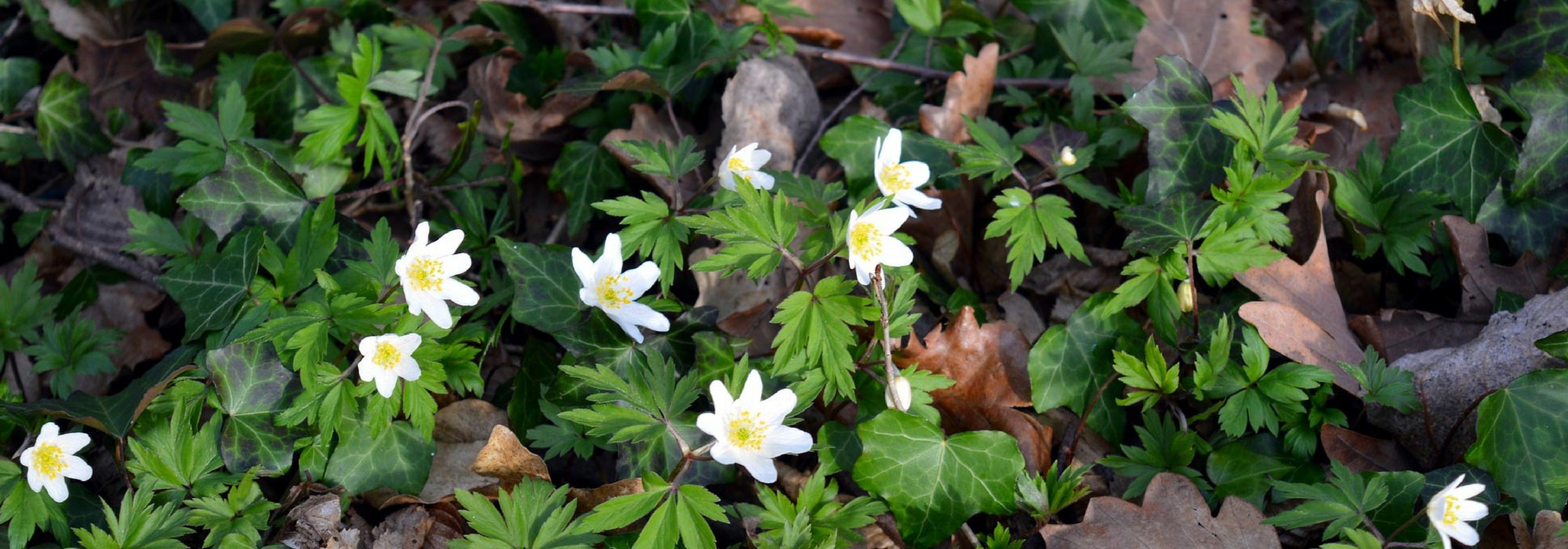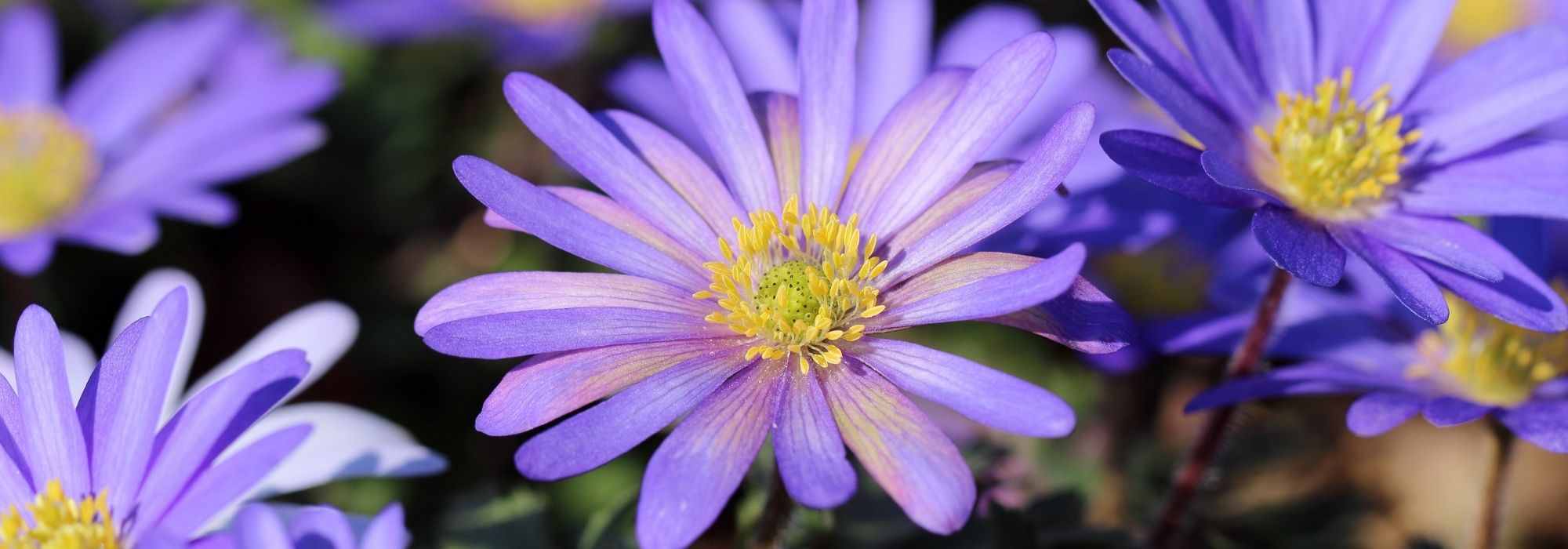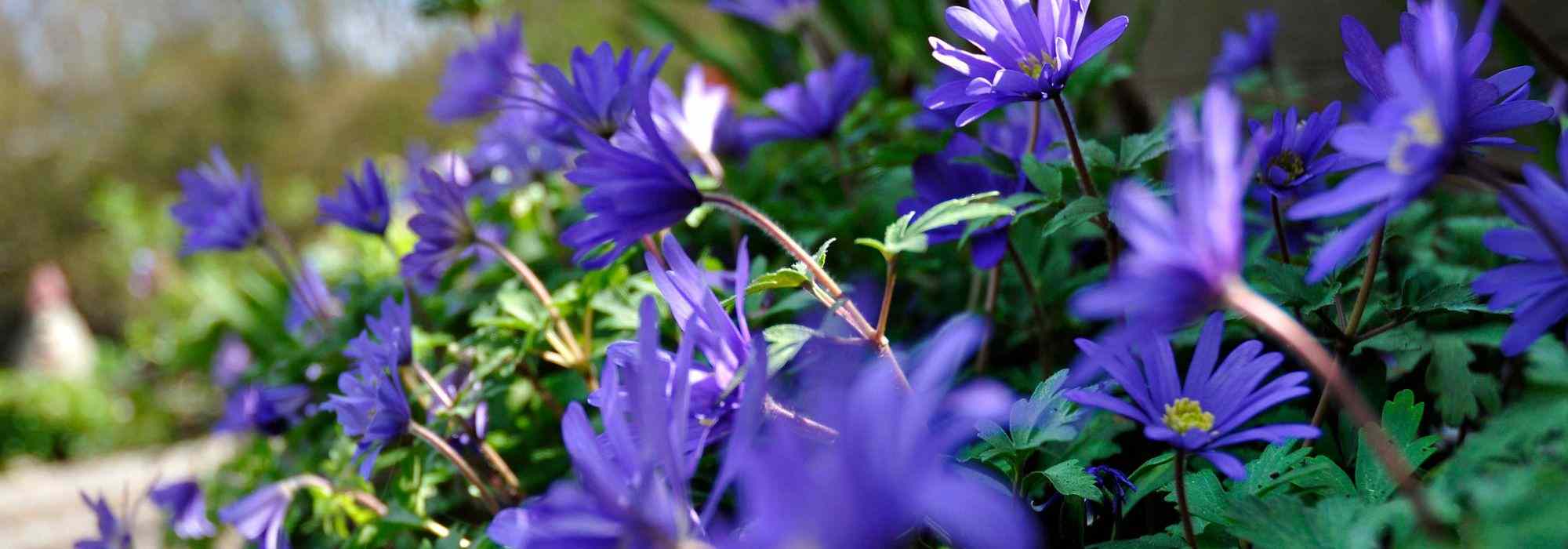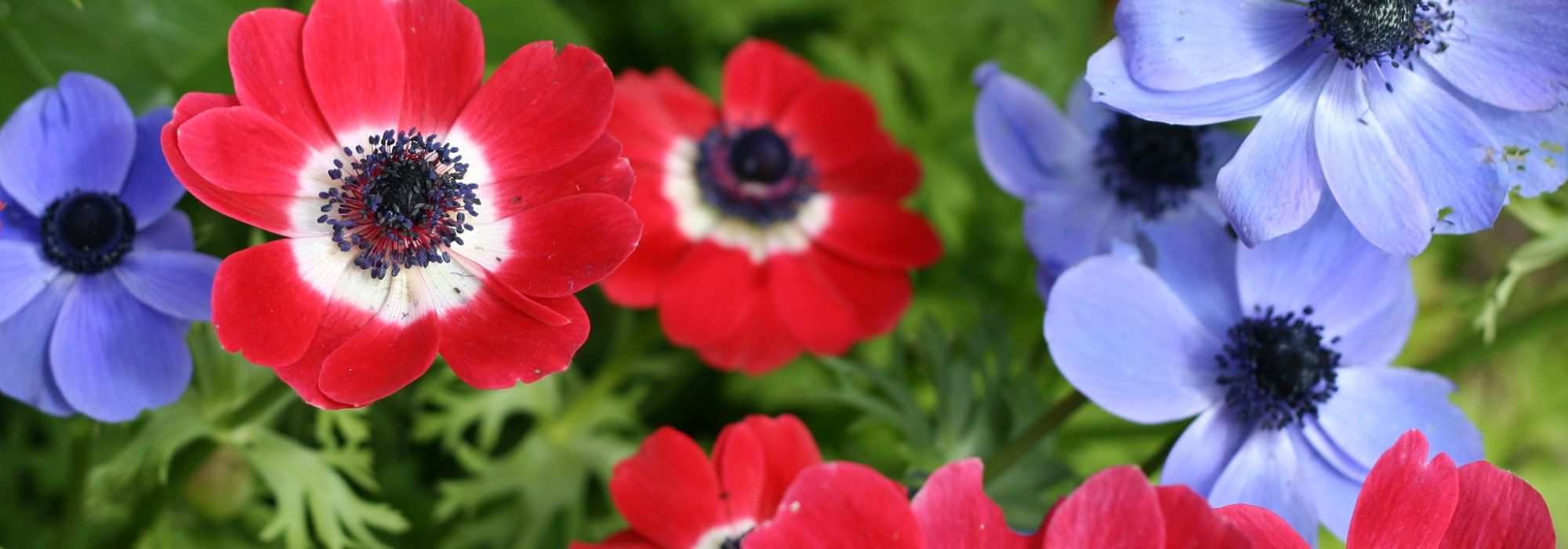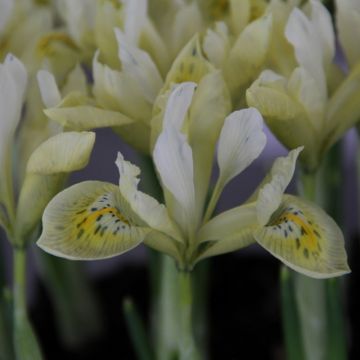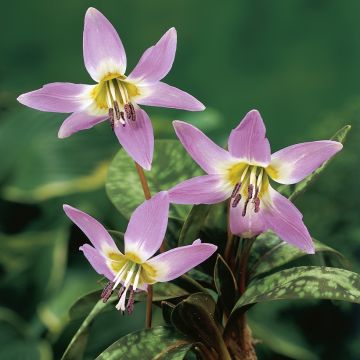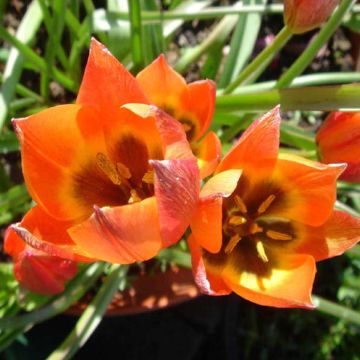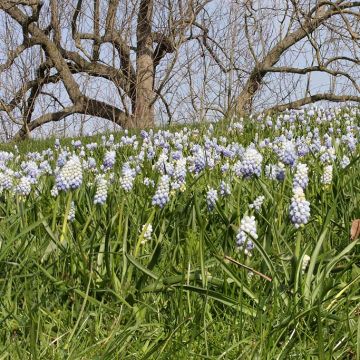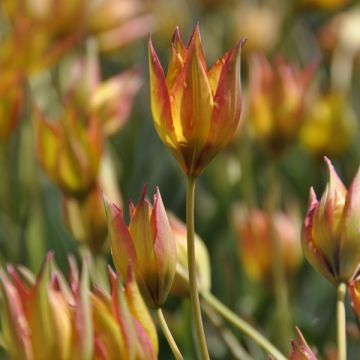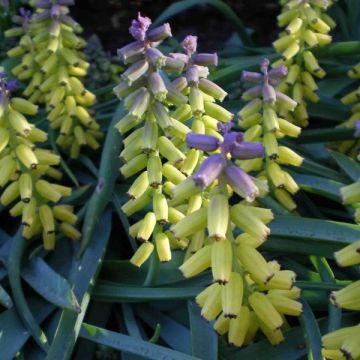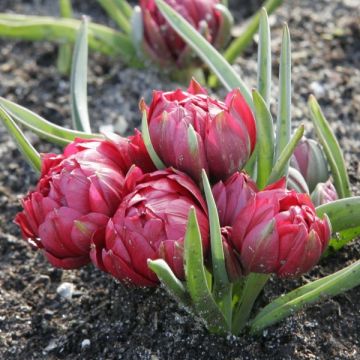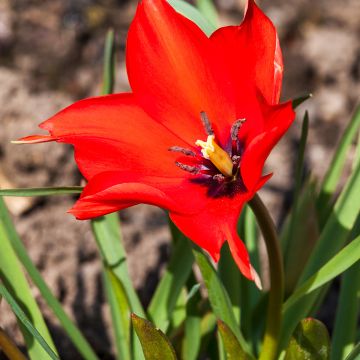

Anemone apennina Alba
Anemone apennina Alba
Anemone apennina Alba
Special offer!
Receive a €20 voucher for any order over €90 (excluding delivery costs, credit notes, and plastic-free options)!
1- Add your favorite plants to your cart.
2- Once you have reached €90, confirm your order (you can even choose the delivery date!).
3- As soon as your order is shipped, you will receive an email containing your voucher code, valid for 3 months (90 days).
Your voucher is unique and can only be used once, for any order with a minimum value of €20, excluding delivery costs.
Can be combined with other current offers, non-divisible and non-refundable.
Why not try an alternative variety in stock?
View all →This plant carries a 6 months recovery warranty
More information
We guarantee the quality of our plants for a full growing cycle, and will replace at our expense any plant that fails to recover under normal climatic and planting conditions.
Would this plant suit my garden?
Set up your Plantfit profile →
Description
'Alba' is a delightful white-flowered version of Anemone apennina that blooms in the wooded mountains of Corsica and Italy. It is a trailing rhizomatous plant that spreads over time. It forms a low clump of beautifully dissected leaves adorned with pretty white flowers in spring. It visually resembles the white Greek anemone (Anemone blanda 'White Splendour'), but prefers rather humid climates. It thrives in a cool, semi-shaded rockery or under deciduous bushes that provide sunlight in late winter and spring.
Anemone apennina is a perennial herbaceous plant with tuberous roots belonging to the Ranunculaceae family. It originates from the mountainous regions of southern central Europe, including Italy, Dalmatia, and former Yugoslavia. It forms a clump that reaches a minimum height of 20cm (8in) and a width of 30cm (12in) or more. Its delicate foliage somewhat resembles parsley, with dark green, palmate leaves composed of 3 leaflets, themselves deeply lobed into 3 toothed segments. The undersides of the leaves are velvety and soft, distinguishing them from the leaves of the Greek anemone. This foliage appears early in spring, depending on the climate, and disappears in summer. The flowers bloom between April and May, earlier or later depending on the region. They resemble small daisies, measuring 3 to 4cm (1 to 2in) in diameter, composed of 10 to 15 narrow, almost linear, petal-like sepals, which are white with a pale-yellow centre. The flowering is followed by the formation of numerous seeds that easily germinate in light soil.
Graceful and easy to grow in any well-drained soil that is not too dry, Anemone apennina 'Alba' enjoys sunlight in early spring, but prefers some shade in summer. This small plant eventually forms beautiful colonies through spontaneous self-seeding. It brightens up the base of trees, rockeries, or borders from spring onwards. Plant it under deciduous trees and shrubs that flower in spring, such as ornamental apple trees, flowering cherry trees, and magnolias. It can be associated with Naples cyclamen and numerous small spring bulbs.
Plant habit
Flowering
Foliage
Botanical data
Anemone
apennina
Alba
Ranunculaceae
Anemonanthea apennina, Anemonoides apennina
Southern Europe
Other Anemone
View all →Planting and care
Plant in autumn, preferably in the sun in cool regions, but absolutely in the shade in the afternoon in a hotter climate. Plant in well-drained garden soil that is not too compact, at a depth of 7 to 8cm (3in) spaced 8cm (3in) apart (don't worry about the direction of planting). Soak the "claws" for 24/48 hours before planting them. If necessary, lighten your garden soil with compost and river sand. It tolerates the presence of limestone in the soil. It dislikes arid situations and climates that are very hot and dry in summer.
You can leave this plant in place, as it will reach its full potential after two or three years.
Planting period
Intended location
Care
Planting & care advice
This item has not been reviewed yet - be the first to leave a review about it.
Similar products
Haven't found what you were looking for?
Hardiness is the lowest winter temperature a plant can endure without suffering serious damage or even dying. However, hardiness is affected by location (a sheltered area, such as a patio), protection (winter cover) and soil type (hardiness is improved by well-drained soil).

Photo Sharing Terms & Conditions
In order to encourage gardeners to interact and share their experiences, Promesse de fleurs offers various media enabling content to be uploaded onto its Site - in particular via the ‘Photo sharing’ module.
The User agrees to refrain from:
- Posting any content that is illegal, prejudicial, insulting, racist, inciteful to hatred, revisionist, contrary to public decency, that infringes on privacy or on the privacy rights of third parties, in particular the publicity rights of persons and goods, intellectual property rights, or the right to privacy.
- Submitting content on behalf of a third party;
- Impersonate the identity of a third party and/or publish any personal information about a third party;
In general, the User undertakes to refrain from any unethical behaviour.
All Content (in particular text, comments, files, images, photos, videos, creative works, etc.), which may be subject to property or intellectual property rights, image or other private rights, shall remain the property of the User, subject to the limited rights granted by the terms of the licence granted by Promesse de fleurs as stated below. Users are at liberty to publish or not to publish such Content on the Site, notably via the ‘Photo Sharing’ facility, and accept that this Content shall be made public and freely accessible, notably on the Internet.
Users further acknowledge, undertake to have ,and guarantee that they hold all necessary rights and permissions to publish such material on the Site, in particular with regard to the legislation in force pertaining to any privacy, property, intellectual property, image, or contractual rights, or rights of any other nature. By publishing such Content on the Site, Users acknowledge accepting full liability as publishers of the Content within the meaning of the law, and grant Promesse de fleurs, free of charge, an inclusive, worldwide licence for the said Content for the entire duration of its publication, including all reproduction, representation, up/downloading, displaying, performing, transmission, and storage rights.
Users also grant permission for their name to be linked to the Content and accept that this link may not always be made available.
By engaging in posting material, Users consent to their Content becoming automatically accessible on the Internet, in particular on other sites and/or blogs and/or web pages of the Promesse de fleurs site, including in particular social pages and the Promesse de fleurs catalogue.
Users may secure the removal of entrusted content free of charge by issuing a simple request via our contact form.
The flowering period indicated on our website applies to countries and regions located in USDA zone 8 (France, the United Kingdom, Ireland, the Netherlands, etc.)
It will vary according to where you live:
- In zones 9 to 10 (Italy, Spain, Greece, etc.), flowering will occur about 2 to 4 weeks earlier.
- In zones 6 to 7 (Germany, Poland, Slovenia, and lower mountainous regions), flowering will be delayed by 2 to 3 weeks.
- In zone 5 (Central Europe, Scandinavia), blooming will be delayed by 3 to 5 weeks.
In temperate climates, pruning of spring-flowering shrubs (forsythia, spireas, etc.) should be done just after flowering.
Pruning of summer-flowering shrubs (Indian Lilac, Perovskia, etc.) can be done in winter or spring.
In cold regions as well as with frost-sensitive plants, avoid pruning too early when severe frosts may still occur.
The planting period indicated on our website applies to countries and regions located in USDA zone 8 (France, United Kingdom, Ireland, Netherlands).
It will vary according to where you live:
- In Mediterranean zones (Marseille, Madrid, Milan, etc.), autumn and winter are the best planting periods.
- In continental zones (Strasbourg, Munich, Vienna, etc.), delay planting by 2 to 3 weeks in spring and bring it forward by 2 to 4 weeks in autumn.
- In mountainous regions (the Alps, Pyrenees, Carpathians, etc.), it is best to plant in late spring (May-June) or late summer (August-September).
The harvesting period indicated on our website applies to countries and regions in USDA zone 8 (France, England, Ireland, the Netherlands).
In colder areas (Scandinavia, Poland, Austria...) fruit and vegetable harvests are likely to be delayed by 3-4 weeks.
In warmer areas (Italy, Spain, Greece, etc.), harvesting will probably take place earlier, depending on weather conditions.
The sowing periods indicated on our website apply to countries and regions within USDA Zone 8 (France, UK, Ireland, Netherlands).
In colder areas (Scandinavia, Poland, Austria...), delay any outdoor sowing by 3-4 weeks, or sow under glass.
In warmer climes (Italy, Spain, Greece, etc.), bring outdoor sowing forward by a few weeks.































